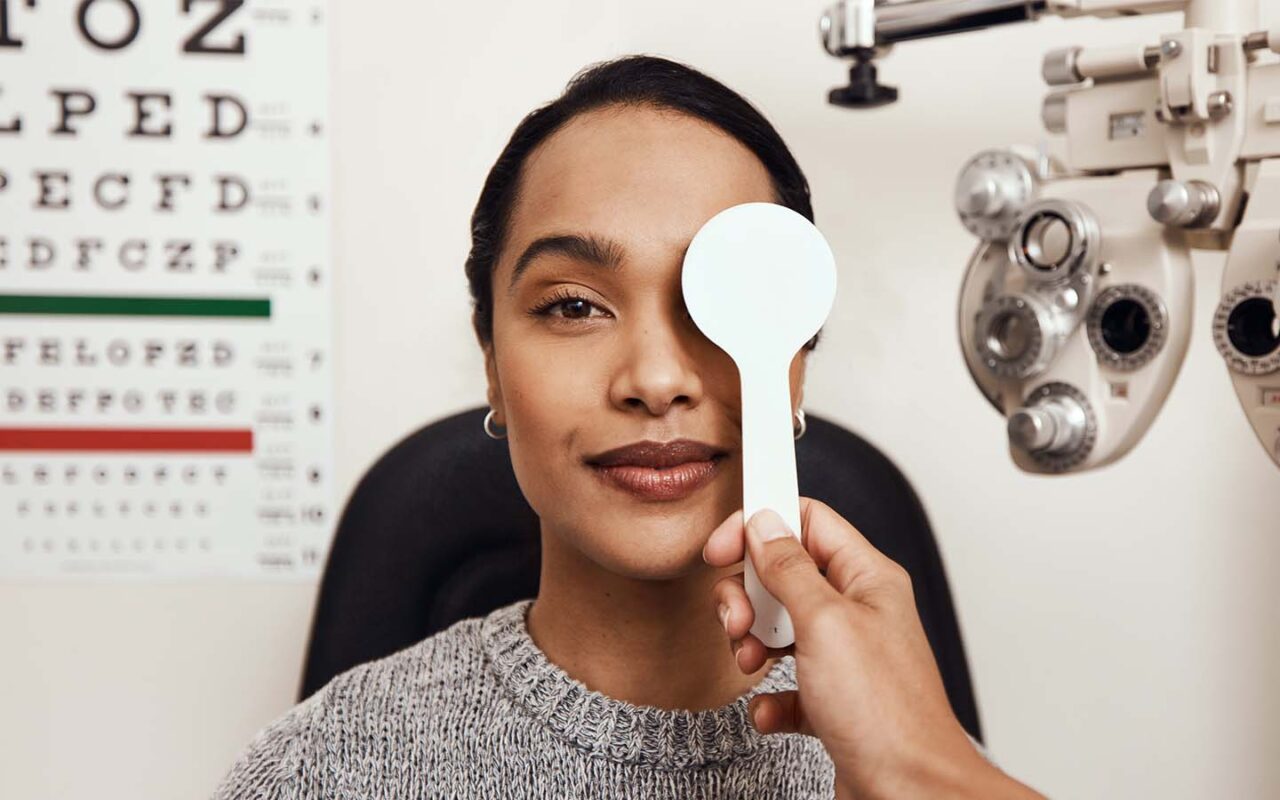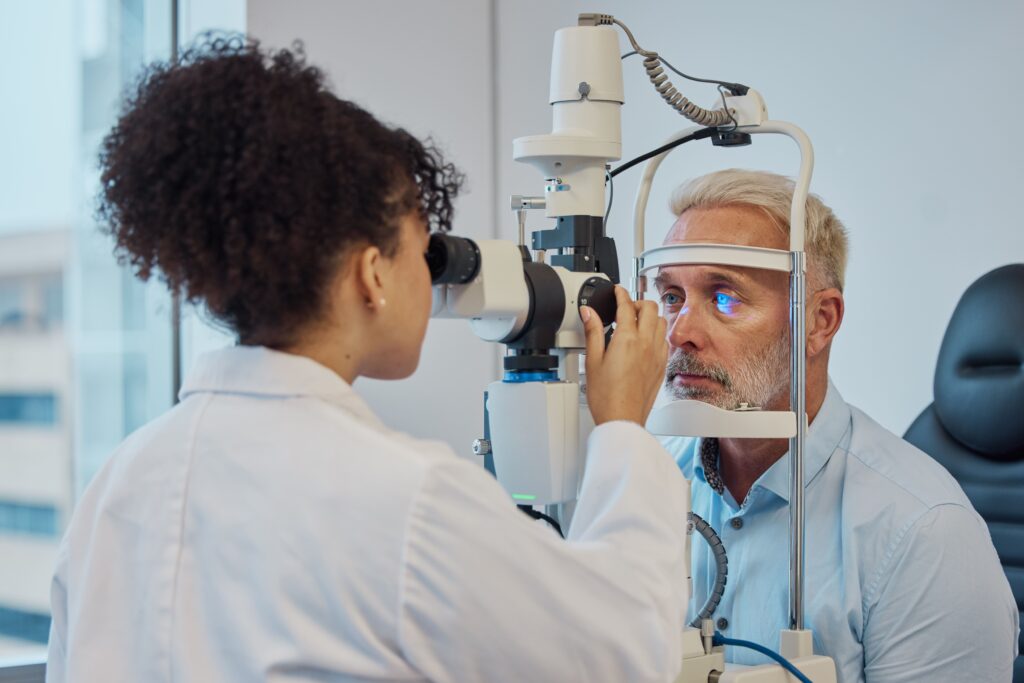All Categories
Featured
Low vision, a condition where standard glasses, contact lenses, or surgery can not fully recover sight, can make day-to-day tasks testing. Reduced vision rehab uses a variety of resources to aid individuals preserve their independence and top quality of life. This short article checks out the alternatives available for those looking for assistance in handling their aesthetic problems.
What Is Reduced Vision Recovery?
Reduced vision recovery is an organized approach to help people optimize their remaining vision and adapt to new ways of performing daily jobs. Professionals deal with clients to establish tailored methods, integrating tools, methods, and training programs that match their one-of-a-kind requirements.
![]()
Trick Options for Low Vision Recovery
Vision Enhancing Tools
Optical Aids: Devices like magnifiers, telescopic glasses, and special analysis lenses can enhance quality for analysis, writing, and various other close-up activities.
Digital Visual Aids: Devices such as digital magnifiers and portable video clip magnifiers offer adjustable zoom capacities for various jobs.
Wearable Modern technology: Smart glasses geared up with electronic cameras and voice comments offer innovative remedies for improving vision.
![]()
Assistive Modern Technology
Screen viewers, text-to-speech applications, and tools with voice commands make technology available for individuals with low vision.
Smart device applications, such as navigating aids and object recognition tools, aid individuals interact with their environments better.
Training and Therapy
Orientation and Flexibility Training: Specialists instruct skills for navigating rooms securely, including making use of white canes or overview canines.
Daily Living Skills Educating: Rehab programs provide strategies for food preparation, cleaning, and personal care, making sure that individuals can perform necessary tasks individually.
Aesthetic Skills Educating: Exercises created to enhance using continuing to be outer vision can improve aesthetic performance.
Ecological Adjustments
Adjustments to living or work spaces can significantly improve accessibility. Instances include:
Mounting brighter lights.
Including high-contrast markings to home appliances.
Arranging furnishings to produce clear pathways.
Assistance Networks
Psychological and mental assistance is a crucial part of recovery. Support system, treatment sessions, and therapy services can help individuals handle the obstacles of vision loss.
![]()
Peer networks connect people with similar experiences, promoting a sense of community and shared learning.
Just How to Access Reduced Vision Recovery Services
Reduced vision rehabilitation solutions are usually offered by:
Low Vision Clinics: Run by ophthalmologists and optometrists specializing in vision disabilities.
Physical Therapists: Experts in adjusting tasks and settings to match individual demands.
Nonprofit Organizations: Groups such as the American Structure for the Blind (AFB) or local blindness support companies offer valuable resources and recommendations.
Final Thought
Coping with low vision can really feel frustrating, however with the right support and tools, individuals can proceed to lead fulfilling lives. Reduced vision rehabilitation supplies a range of sources tailored to enhance functionality, boost confidence, and boost high quality of life. Consider getting to out to a professional or rehab center to explore the numerous choices readily available if you or a liked one is facing the obstacles of low vision. With each other, these options make certain that vision loss does not define or limit one's capacity.
What Is Reduced Vision Recovery?
Reduced vision recovery is an organized approach to help people optimize their remaining vision and adapt to new ways of performing daily jobs. Professionals deal with clients to establish tailored methods, integrating tools, methods, and training programs that match their one-of-a-kind requirements.

Trick Options for Low Vision Recovery
Vision Enhancing Tools
Optical Aids: Devices like magnifiers, telescopic glasses, and special analysis lenses can enhance quality for analysis, writing, and various other close-up activities.
Digital Visual Aids: Devices such as digital magnifiers and portable video clip magnifiers offer adjustable zoom capacities for various jobs.
Wearable Modern technology: Smart glasses geared up with electronic cameras and voice comments offer innovative remedies for improving vision.

Assistive Modern Technology
Screen viewers, text-to-speech applications, and tools with voice commands make technology available for individuals with low vision.
Smart device applications, such as navigating aids and object recognition tools, aid individuals interact with their environments better.
Training and Therapy
Orientation and Flexibility Training: Specialists instruct skills for navigating rooms securely, including making use of white canes or overview canines.
Daily Living Skills Educating: Rehab programs provide strategies for food preparation, cleaning, and personal care, making sure that individuals can perform necessary tasks individually.
Aesthetic Skills Educating: Exercises created to enhance using continuing to be outer vision can improve aesthetic performance.
Ecological Adjustments
Adjustments to living or work spaces can significantly improve accessibility. Instances include:
Mounting brighter lights.
Including high-contrast markings to home appliances.
Arranging furnishings to produce clear pathways.
Assistance Networks
Psychological and mental assistance is a crucial part of recovery. Support system, treatment sessions, and therapy services can help individuals handle the obstacles of vision loss.

Peer networks connect people with similar experiences, promoting a sense of community and shared learning.
Just How to Access Reduced Vision Recovery Services
Reduced vision rehabilitation solutions are usually offered by:
Low Vision Clinics: Run by ophthalmologists and optometrists specializing in vision disabilities.
Physical Therapists: Experts in adjusting tasks and settings to match individual demands.
Nonprofit Organizations: Groups such as the American Structure for the Blind (AFB) or local blindness support companies offer valuable resources and recommendations.
Final Thought
Coping with low vision can really feel frustrating, however with the right support and tools, individuals can proceed to lead fulfilling lives. Reduced vision rehabilitation supplies a range of sources tailored to enhance functionality, boost confidence, and boost high quality of life. Consider getting to out to a professional or rehab center to explore the numerous choices readily available if you or a liked one is facing the obstacles of low vision. With each other, these options make certain that vision loss does not define or limit one's capacity.
Latest Posts
Discover WyHy Federal Credit Union – Exclusive Benefits for Your Financial Success
Published May 28, 25
1 min read
Why Routine Vehicle Maintenance at Montclare Auto Repair Keeps Your Wallet Happy
Published May 26, 25
1 min read
Seamless Aluminum Rain Gutters: The Smart Selection for Your Home
Published May 24, 25
1 min read
More
Latest Posts
Discover WyHy Federal Credit Union – Exclusive Benefits for Your Financial Success
Published May 28, 25
1 min read
Why Routine Vehicle Maintenance at Montclare Auto Repair Keeps Your Wallet Happy
Published May 26, 25
1 min read
Seamless Aluminum Rain Gutters: The Smart Selection for Your Home
Published May 24, 25
1 min read